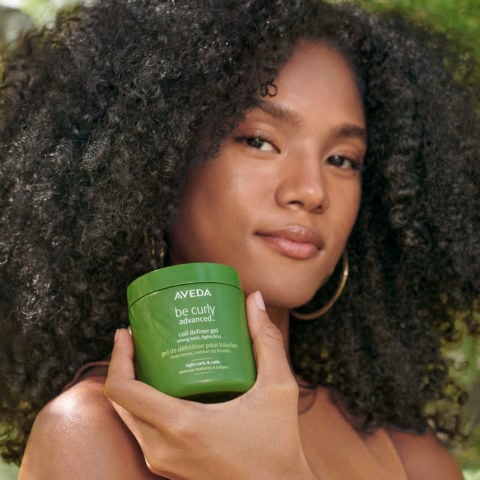Beauty Fix: When to toss your razor, how to completely clear your lashes of mascara and a foolproof way for knowing when your makeup has expired
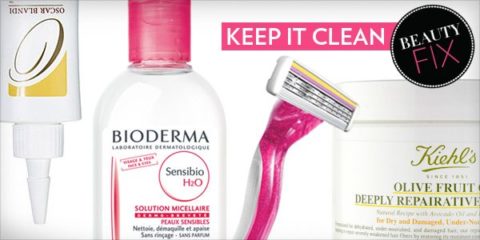

From almost-rusty razors to moisturizers you’ve had since university, we’re all guilty of doing whatever we can to get the most out of favourite products. The same sentiment can be said of a good blowout: you’ll do anything to make it last just one more day. But sometimes, for the sake of cleanliness, you just need to say goodbye. This week we have a foolproof trick for knowing when to pitch an old product, a razor that encourages you to keep sharp blades on hand and the best way to get a completely clean face at the end of the day.
In need of a beauty fix? Email us at [email protected].
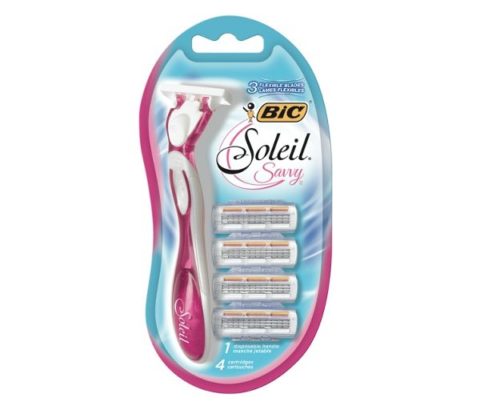
How often should I change my razor? Some people say after two to three uses (which seems super sanitary) and others say after two to three weeks (which seems much more cost effective!)—so which is it?
Trick question—sort of. How often you replace your razor is heavily dependent on how often you shave and how many body parts you are removing hair from, so the answer to this question varies on a case-by-case basis! If you’re shaving your legs and underarms a couple times a week, you’re looking at replacing your razor every two weeks or so. This is when it makes sense to buy a razor with replaceable cartridges, such as Bic Soleil Savvy ($8, at drugstores), which has a price point that won’t make you think twice about getting a close shave as often as you want.

My roommates are not impressed by the black smudges I leave on bathroom towels. Am I doing something wrong when I wash my face at night? How can I get my mascara completely off before it hits the towel?
Certain mascara formulations can be tricky to remove entirely from your lashes, and not removing mascara properly can lead to some dirty towels. Even worse, not fully removing your mascara can lead to weakened lashes or lash loss. Start off your evening routine by reaching for a gentle cleansing water, like Bioderma Sensiobio H2O Micelle Solution ($22, at murale.ca). Dampen a cotton pad with the cleansing water and press it on top of your lashes, keeping your eyes closed. Hold it in place for about 10 to 15 seconds while wiggling the cotton pad. The mascara will transfer to your skin and can be easily wiped away. Flip the pad over and remove the mascara from your other eye, and just like that, you have squeaky clean lashes.
I generally throw out eyeshadows and lipsticks after awhile, but should I be doing the same with lotions or cleansers? What are some general shelf lives for basic skin care staples?
Shelf lives for skin care involve many different variables. Many cosmetic and skin care companies have adopted the habit of including a Period After Opening (PAO) number, which appears on the product back label as an image of an open jar with a number and the letter “M”, signifying the number of months the product is safe to use after opening. If your lotion’s PAO number reads “24M”, that means the product is safe to use up to 24 months after opening. Will the product suddenly lose efficacy after that 24 months has passed you by? Not necessarily. As helpful as the PAO number seems, it does not account for how you use or store the product, which are two other factors to consider. If the product is in a tub or jar and you need to scoop it out to use it, you can extend the shelf life of the product by using a small spatula to dispense the product instead of using your fingers, which can easily spread bacteria into the product. Where you store skin care products in your house also plays a role in shelf life, as humid environments (like a steamy bathroom!) are ideal for bacteria growth, which obviously stunts shelf life significantly. And finally, consider active ingredients within the products. Ingredients like vitamin C begin to lose efficacy after a few weeks, and if products with active ingredients are exposed to sunlight or air too much, the ingredients degrade rapidly. Products that contain SPF are generally only fully effective in sun protection 6 months to a year from the opening date. When in doubt, sniff it out. If the product smells off or has changed in colour or texture, toss it!
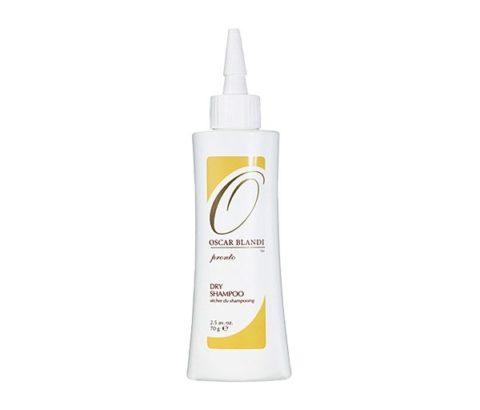
People who say they only wash their hair twice a week are lying, aren’t they? I’ve tried to go two days without a shampoo but my fine hair always feels so limp and dirty by day’s end. Any tips for cutting back on daily shampoos without sacrificing cleanliness?
Fine-haired friends, gather ‘round! If you have yet to try dry shampoo, it’s time to start experimenting. Dry shampoos are sprayed or sprinkled onto the roots of your hair (where oil production occurs) to soak up excess sebum in order to give yourself one to two more days until your next shampoo. A mere bonus is that dry shampoos also give you a serious volume boost, which is music to any fine-haired friends’ ears. One to look out for: Oscar Blandi Pronto Dry Shampoo ($23, sephora.com), which contains natural starches to clean hair and tea tree oil to nourish the scalp. Another tip that can keep your hair feeling fresh is to keep your hands off it as much as possible: just like frequently touching your face is bad for your skin, those same oils can transfer to your hair. If you’re particularly prone to playing with your hair, keep a clip on hand to tie it back when temptation strikes.
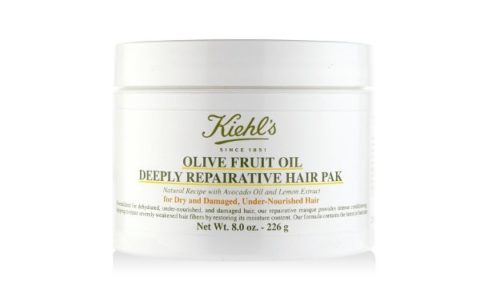
I haven’t exactly been avoiding the sun this summer and the damage is really showing in my hair! Any suggestions for mending my mane by fall?
Well, I hope you were at least wearing SPF on your skin! Weekends at the cottage, on the patio or in the park are always a treat, but we can often forget to protect our hair in some way from the damaging rays of the sun. I feel your pain, as I have thick, processed hair (colour-treated and chemically straightened—read more about that here) and feel like my hair is lacklustre at best by mid-summer thanks to the sun. Turn to a hair treatment that is loaded with enriching fatty acids, like Kiehl’s Olive Fruit Oil Deeply Repairative Hair Pak ($35, kiehls.ca), which contains olive fruit oil and avocado oil to replenish moisture levels, as well as lemon extract to soothe the scalp.



